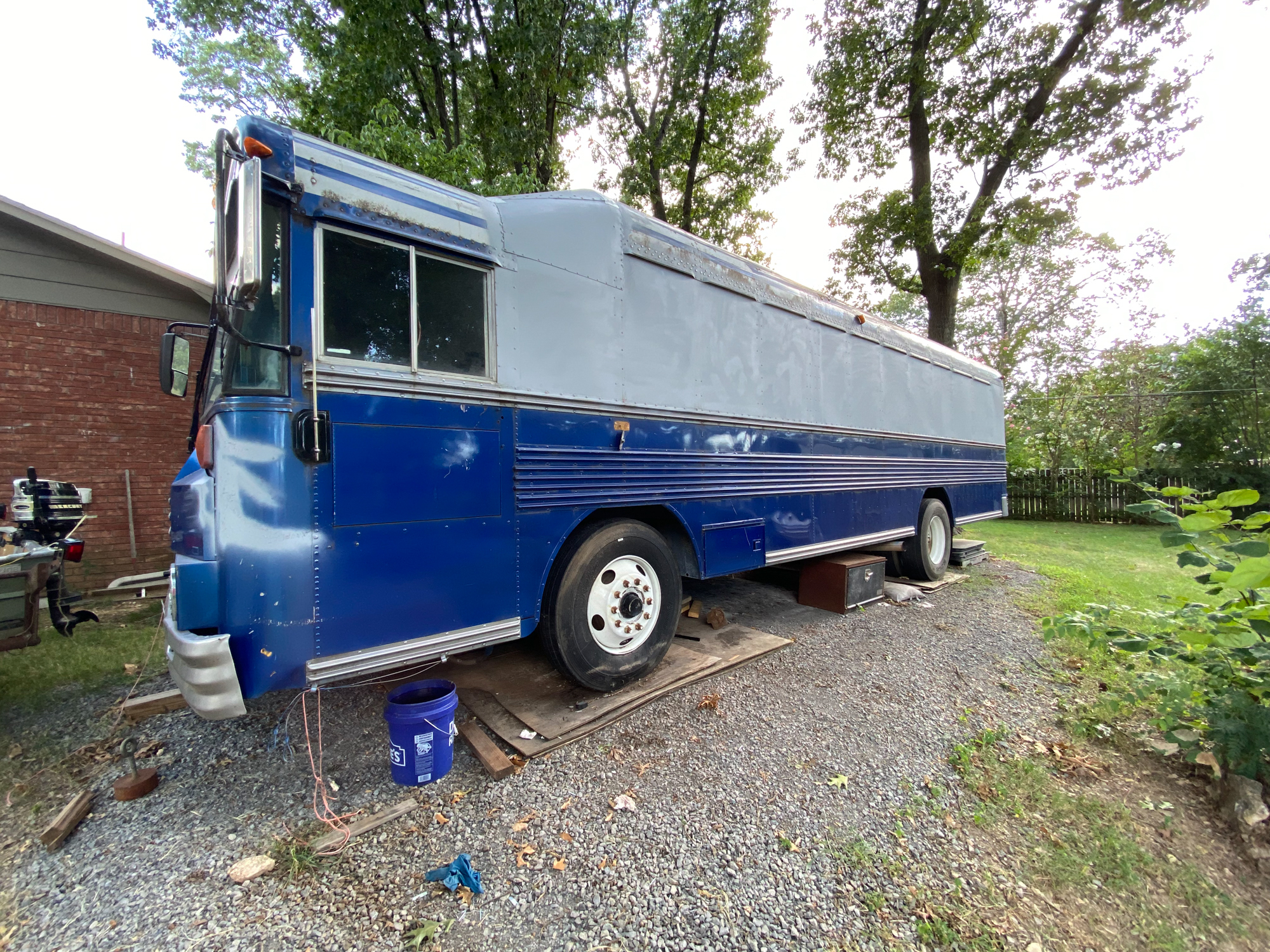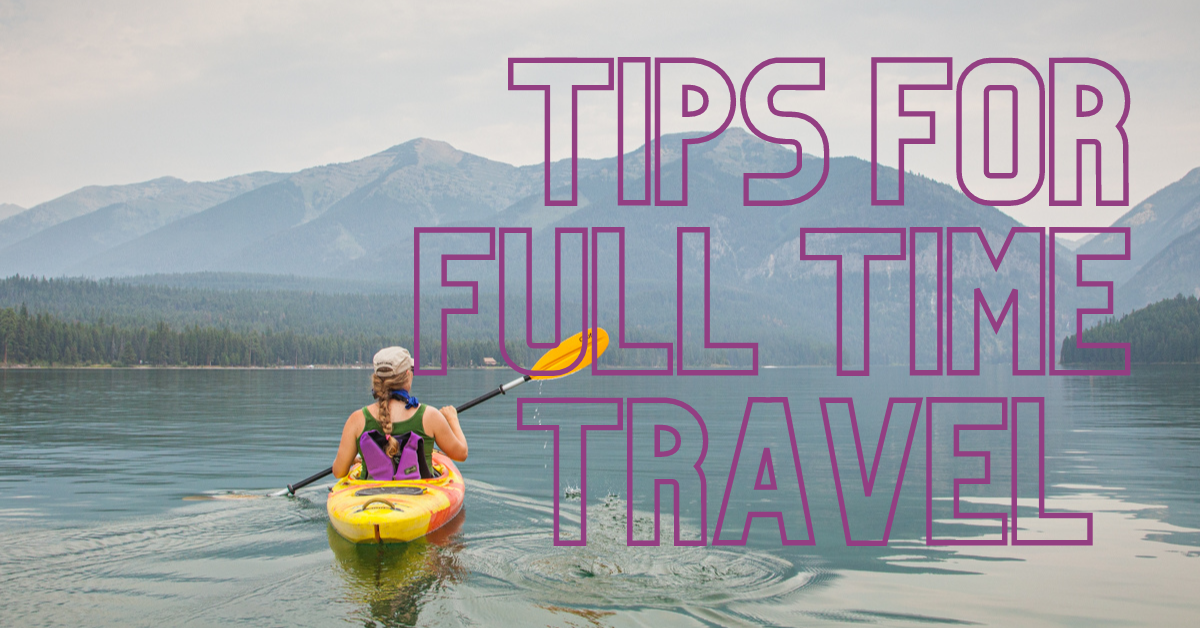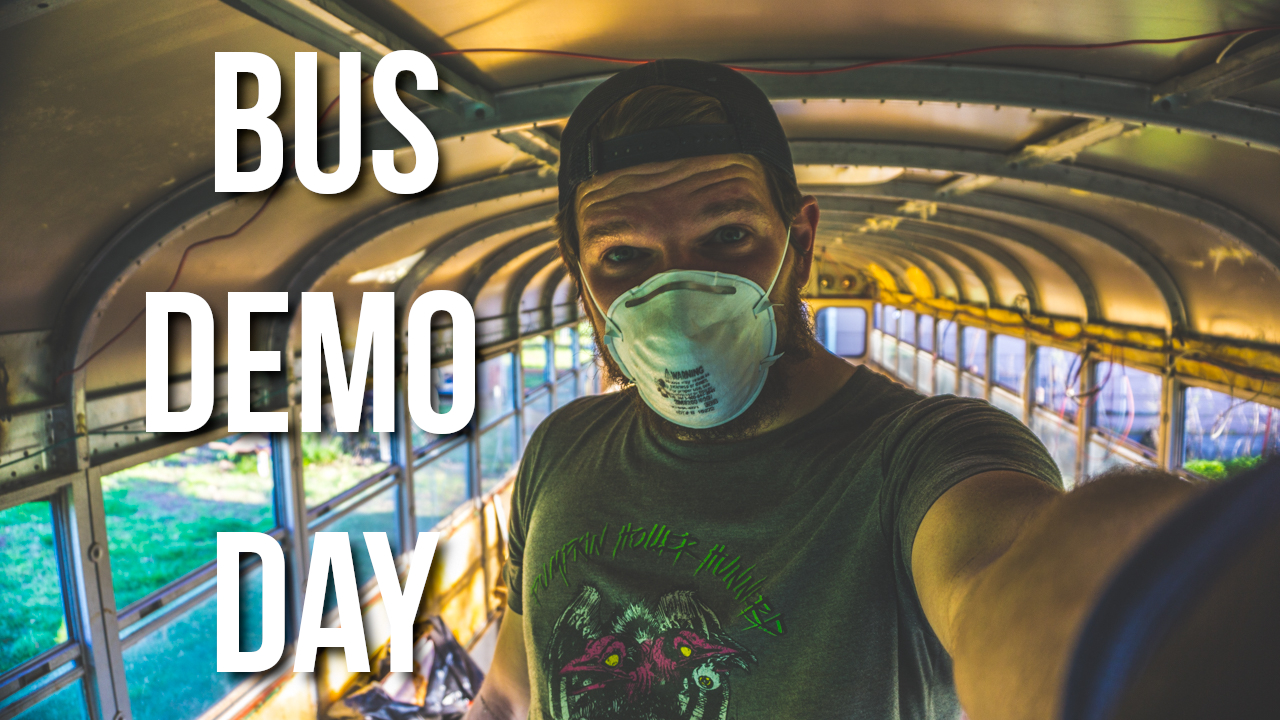Skoolie Overland Travel Part 1: Why a Skoolie-Conversion Makes a Bad Travel Rig
I need to clear this up before we get to the good stuff: My wife and I live in a school bus conversion, by choice. We love the freedom and simplicity that comes from a life with 78 square-feet of living space and having the whole world as our playground. That being said, there are aspects of skooliedom that we did not expect. We met several travelers on the road that shared some of these sentiments about their school buses too, so we knew we were not alone. There is a companion article to this one about why skoolies are great for travel, in case this one drags you down too much.
Check it out here: Skoolie Overland Travel Part 2: Why a Skoolie-Conversion Makes a Great Travel Rig
First, Skoolies are BIG! Even if you purchase the smallest modern school bus (which we did) it is still 20-22 feet long, 8 feet wide, and over 9 feet tall. After we gutted the interior, built out a home inside, and filled up our water and fuel tanks, our bus weighs just under 10,000 pounds! The size of these metal behemoths makes them difficult to navigate down narrow 4-wheel-drive trails and some forest service roads. The height and width can also make traveling through some tunnels equally as difficult. The tunnel entering Zion National Park from the East was going to charge us $20 to pass through their tunnel, luckily, we had time to spare and drove around the southern end of the park to enjoy Pink Sand Dunes State Park instead.
Imagine wanting to take that iconic Instagram shot on the beach with your skoolie looking all accomplished on the sand? Think again. Unless you have 4-wheel-drive (pretty rare), reliable recovery gear, and some know-how, you are going to get stuck. Expect to need a fairly large truck or tractor to pull your 10,000+ pound butt out of the sand.
Some skoolies can reach Class-A RV size and at that point, forget about leaving the pavement, passing through most tunnels, and parking in any parking lot other than a Wal-Mart.
Skoolies are SLOW!
While we are on the topic of driving slowly, expect to drive slowly…very slowly. Unless you commit significant amounts of money to increase your busses horsepower and torque, your bus will probably be underpowered. Expect to travel at speeds much slower than traffic around you and commit a lot of time to making the extremely coveted left turn or to pass a Volkswagen van travelling slower than even you are traveling.
If you read Part 2 of this post, you will see that this point also shows up as a positive of traveling via school bus conversion. Hop on over to that article to find out why.
Skoolies are built to haul kids around cities, not haul your stuff through mountain trails.
Think back to when you were a child and you rode the bus to school, if you were one of those important kids whose mothers coddled you, just imagine with me. You are engaged in conversation or a game of M.A.S.H (don’t lie, you know you did) and all of a sudden you hear a noise and a split second later you are catapulted several feet in the air and you are quickly joined by everyone else on the bus, except the driver, she has a seatbelt.
I can remember riding the bus back from high school basketball games as a student and after exhausting myself on the court, seeking refuge in the plush pleather seats of the school bus and drifting into a restful nap just in time for the bus to catch a small pothole and lift me several inches in the air and drop my face back on the seat with exceptional force. Riding in the passenger area of a school bus is not pleasant.
Now imagine that most of your belongings, your computer and camera, maybe even your dog is somewhere in the rear of your Skoolie conversion and you are driving through San Diego on your way to the Sierras. You hit an unavoidable pothole and now your belongings, passengers, and tastefully hand-crafted cabinet doors are at the mercy of your top-heavy, overweight school bus.
Some modern-day school buses now come equipped with air-ride suspension, air brakes, and sometimes even seatbelts for children. Ours, however, didn’t even come with a rear sway bar. Therefore, we roll over obstacles with the front wheel fine and feel the wrath of the rear axle as the bus topples side to side. Cornering with no rear sway bar is interesting as well as the risk of roll-over is greatly increased. We solve these problems by traveling very slowly, even through traffic. Yes, we could add a sway bar, and probably will. But, the added cost associated with making a Skoolie road-worthy pushes the budget too far. With a couple more thousand-dollar upgrades, we could have afforded a full-size truck with a slide-in camper and been able to travel much farther and as comfortably as we could in a Skoolie, for the same price.

If there isn’t a secure home for every item in your bus, it becomes a projectile.
This is more of a common issue with living in a vehicle in general, but when we first laid out our plans for the interior of the bus we never knew that we would need and want so many cubbies, shelves, drawers, and hiding places for the miscellaneous junk that finds its way onto the bed every couple of days.
Who knew that sitting 4 or 5 Nalgenes under the kitchen table and driving down a twisting mountain road would cause a ruckus like you have never heard as the bottle tip, tumble, and fly around the cozy passenger compartment?
Since moving into our bus full-time we have added shelves, baskets, nets, and a bunch of other containment solutions to keep our at-hand items from hitting us in the head on the freeway. When you see the #vanlifer on the grams with pictures hanging on the wall and glass mason jars on the counter with fresh flowers in them, understand that the scene before you is carefully crafted and in the event that the Skoolie in question is actually driven, those items are stowed somewhere or they are stowed everywhere.
When something breaks (and it will break), Skoolie parts are not easy to come by, especially on the road. We will use our bus as an example. Our bus is technically a 2000 Chevrolet 139 Cutaway with a 6.5L Turbo-charged diesel engine. This means we share a motor with a lot of different Chevy trucks, busses, vans, and even a few military and civilian HMMVV’s, and not much else.
So, when we need an air filter, we can just order one for the 6.5L and be done with it. Easy, peasy. However, when we need to buy a trailer hitch in Concrete, WA because ours is bending and dangling our precious bikes and new bike rack within inches of the asphalt, which vehicle model do we use? If we use the 2000 Chevy Express Van, which works with other parts, we will soon find out that the frame widths and construction were completely different between the two models and that our bus more closely resembles a full-size, heavy duty Chevy Pickup truck. The only challenge now is to find the model of Silverado with the same frame width as the bus, then order that model online, ship it general delivery to Concrete, WA, and install it in the post office parking lot with a cordless drill and hand tools.
Homework assignment: Go to your nearest parts store, tell the chap behind the counter that you need a driver’s door handle for a 2000 Chevy 139 Cutaway. Wait patiently, you will be there for a while.

Lastly, when you break down and the repair is above your skill level, finding a mechanic to work on a Skoolie is not easy. For some reason, a lot of shops that we have spoken with won’t even touch our rig because it is an 8-lug chassis and therefore bigger than they want to mess with or bigger than they are capable of messing with.
In Oakhurst, CA we needed a simple brake job done and didn’t feel comfortable replacing pads and shoes on a dirt forest service road. We contacted 6 shops and not a single one would even consider looking at our brakes. One even went as far as to tell us that the only way they would work on it is if they replaced the rotors too, at $215 a piece. We finally found a shop that had a cancellation and would fit us in, but it wasn’t cheap.
If you are still hanging on through all of that negative, I hope you have had the chances to read Part 2 of this article, Skoolie Overland Travel Part 2: Why a Skoolie-Conversion Makes a Great Travel Rig. We are really happy with our choice to hit the road in our Skoolie and we wouldn’t trade the experience for anything.
If you have enjoyed our article, please explore the blog some more as there are tons of stories, write-ups, and photos from our travels around the country. If you want a more streamlined media feed, check out our Instagram and Facebook pages, thanks for stopping by!







